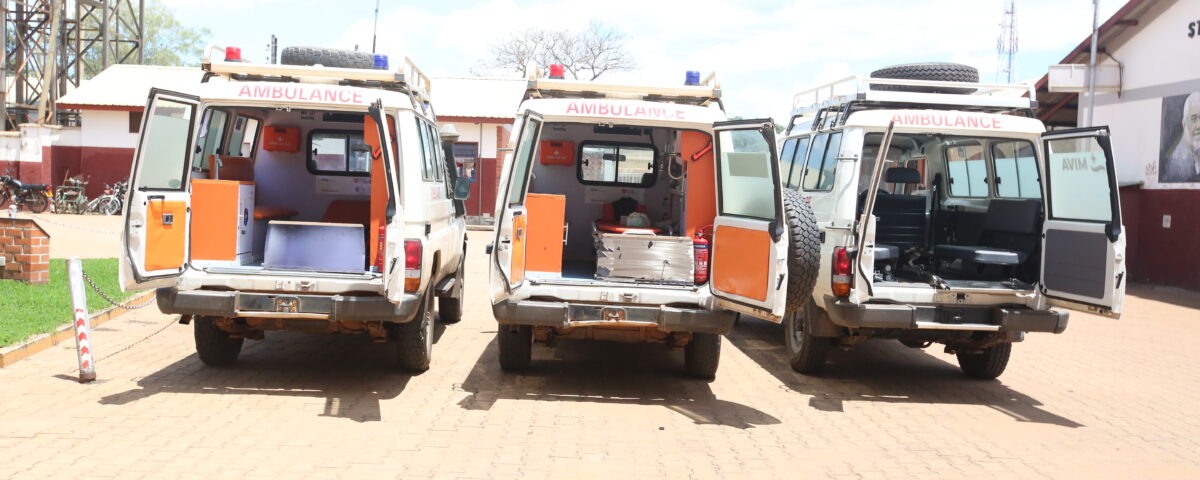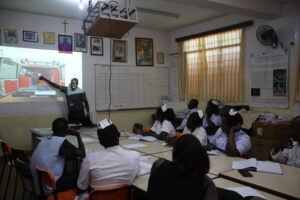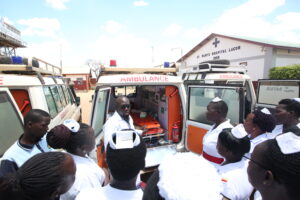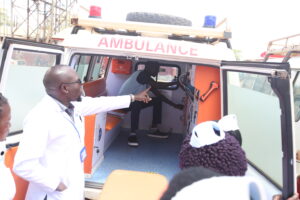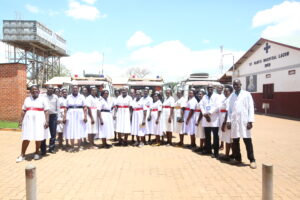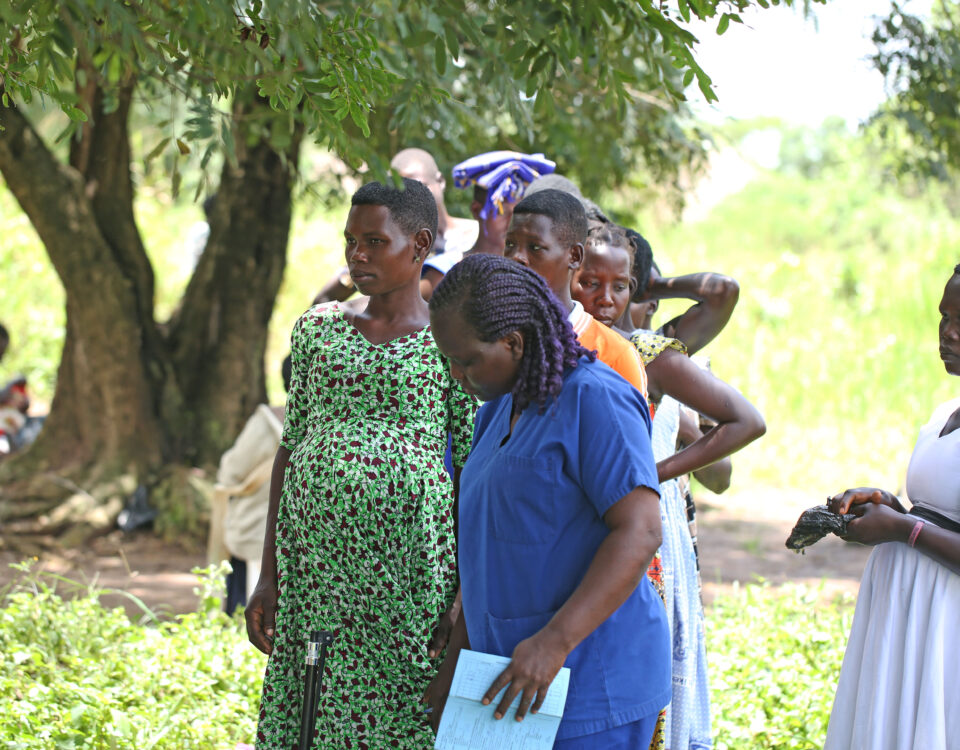Emergency transport costs can be as devastating as the medical condition itself. But change is here. A powerful shift is happening—not only in policy but also in practice.
Thanks to a joint initiative by Malteser International, Rescue, and the Uganda Catholic Medical Bureau, three major hospitals—St. Mary’s Hospital Lacor, Nsambya Hospital, and Rubaga Hospital—have launched transformational Ambulance Patient Care Training. The training is focused on equipping nurses with the skills, confidence, and clinical judgment to deliver lifesaving care on the move.
Nurses at the frontline of emergency response
This isn’t just about ambulances showing up. It’s about who’s inside. And increasingly, it’s the trained nurses—now empowered to lead the response in high-stakes moments.
Held in the hospital library, the Ambulance transformational patient care training covered critical topics that will shape the way emergency care is delivered:
- Ambulance Classifications: Nurses were trained to differentiate between three key ambulance types—
- Type A (Basic Transport): For stable, non-emergency cases.
- Type B (Critical Care Ambulance): For emergencies requiring immediate stabilization.
- Type C (Mobile ICU): For critically ill patients needing intensive care on route.
- Clinical Decision-Making: Nurses learned to rapidly assess patient condition and match it with the appropriate transport level—ensuring that every emergency is met with the right response.
- Pre-Hospital Care Protocols: From managing haemorrhage to supporting breathing and cardiac function, nurses practiced critical interventions that could make the difference before a patient even arrives at the hospital.
- Team Coordination & Communication: Nurses were trained to work as mobile units—communicating with hospital teams, preparing emergency departments for arrival, and managing handovers smoothly.
Free Ambulance Transport
This program is already rewriting the rules. Starting now, no patient will pay for ambulance transport to these facilities. But even more importantly, they’ll be met by a trained nurse, ready to act in those crucial first moments.
It means a midwife in a rural clinic can transfer a mother in distress, knowing the nurse in the ambulance understands maternal emergencies.
It means a child in respiratory failure will be given oxygen and monitored on the way.
It means hope rides along with every call.
A Foundation for the Future
This training is just the beginning. With continued mentorship, simulation drills, and regional expansion, these nurses are becoming leaders in Uganda’s emergency care landscape.
They’re not just caregivers anymore—they are lifesavers on wheels.
So the next time we hear a siren, it won’t just mean help is coming.
It’ll mean a nurse is on the way—skilled, prepared, and ready to fight for life.

